In Mendoza, there are 600 children living in state-run homes and more than 10,000 whose rights have been violated.

Survey: A provincial plan to address Early Childhood
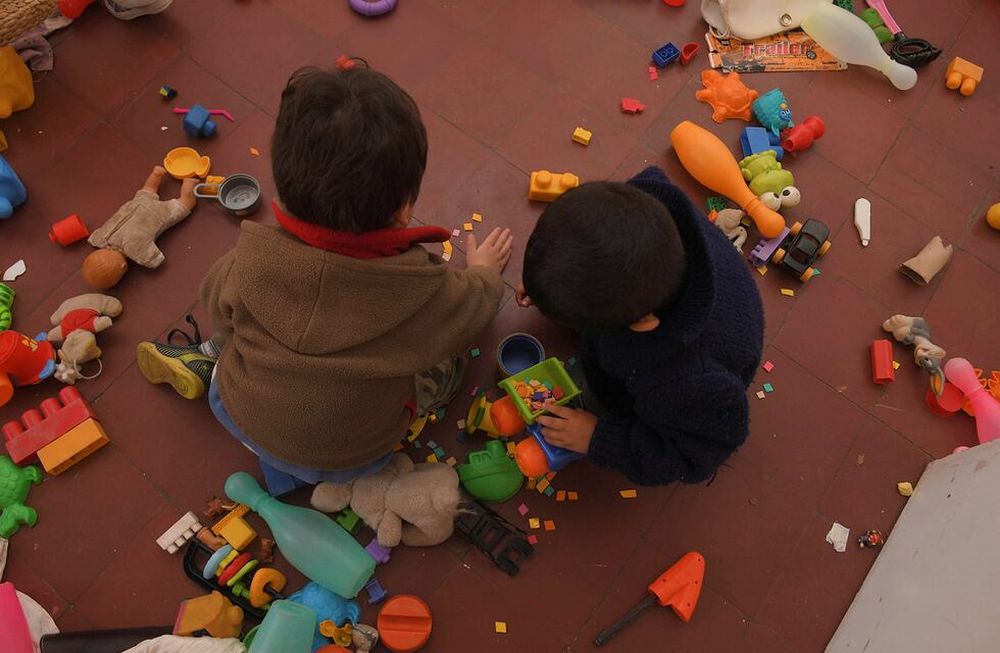
Overall, in Mendoza there are nearly 600 children and adolescents between the ages of a few months and 18 years old housed and living in 45 homes distributed throughout all departments and under the supervision of the Undersecretariat of Children, Adolescents and Youth .
Verónica Álvarez Ocampos, Undersecretary of Children, Adolescents, and Youth of the province of Mendoza. Photo: José Gutierrez / Los Andes
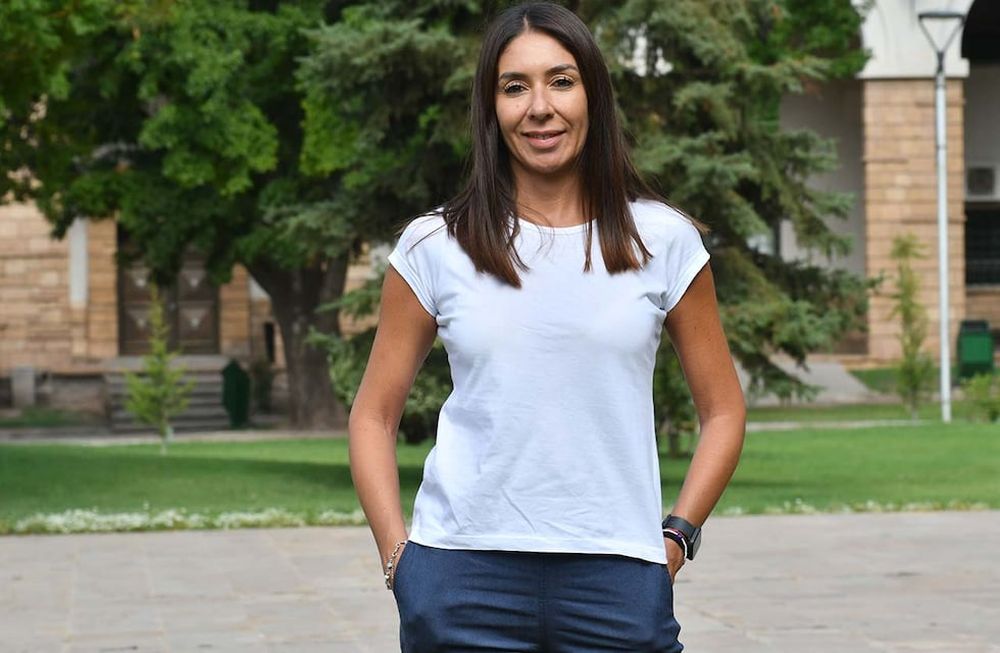
“We are all responsible . The first is the adult who decides to mother or father , and who must care for their child. If those parents are unable to do so, it is key that the family network can support this care, and also the community network . If someone hears a child being hit , the child cannot defend themselves. But, as adults, we can warn in time ,” she maintains.
Protection of rightsIn 2005 , National Law 26.061 was enacted, bringing about a paradigm shift . While until then, any measure aimed at the care and protection of the rights of minors was the exclusive responsibility of the Judiciary , this new legal framework incorporated the concept of co-responsibility .
The national law, which will be 25 years old in 2025, establishes the guiding principles , which are those that are in the best interest of the child and among which active listening and co-responsibility stand out.
“All institutions, public and private , are responsible for the comprehensive protection of children and adolescents . Since Law 26.061 , decisions regarding those who are vulnerable no longer go through the judiciary , but rather are made by the executive branch , with the involvement of all institutions ,” Álvarez emphasized.
Mendoza seeks to update childhood law
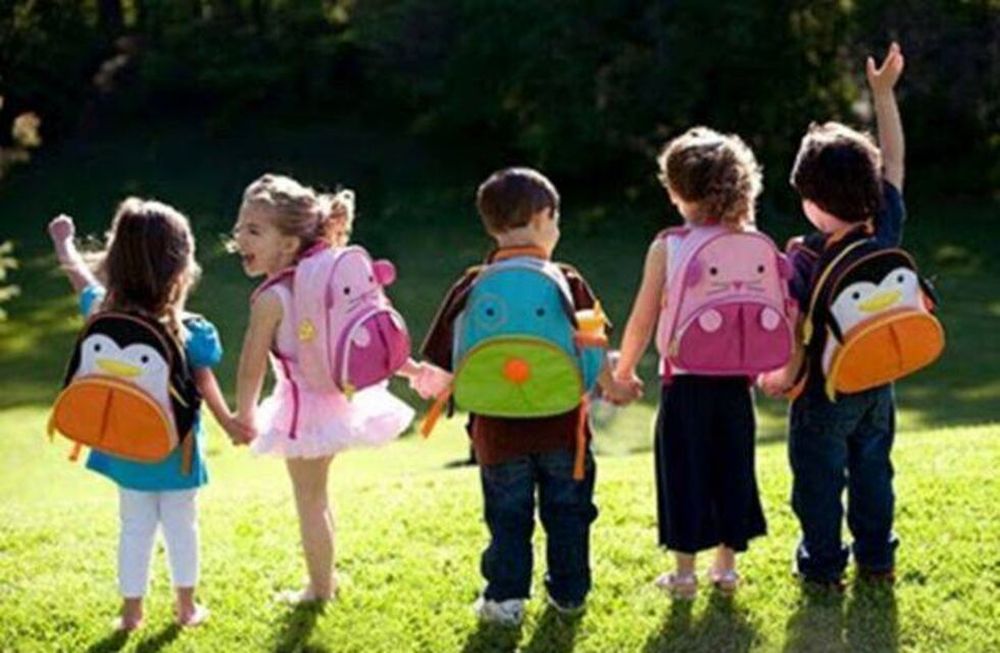
In 2018 , with the approval of Provincial Law 9,139 —in line with National Law 26,061—the responsibilities of the State were specified, and what until then had been the Local Administrative Body ( OAL )—with exclusively judicial intervention—became the Interdisciplinary Technical Teams (ETI). This amendment attributes to the Executive Branch —and all its institutions—the obligation to take protective measures .
The first fuse where alarm bells often go off in the event of a failure to protect children and adolescents is the school . These establishments have offices staffed by various mental health professionals who report unusual behavior , or, for example, repeated absences .
“Even at school, it's possible to identify whether children and adolescents need specific support on various issues. They even have specific protocols for action. There are institutions that must respond to this; local governments are responsible for protecting their rights . And when these rights continue to be violated and the restoration of these rights isn't achieved, only then is the ETI, which reports to the Executive Branch , notified,” Álvarez explains.
Many of the measures are administrative . However, they may not be sufficient. This is when an exceptional measure must be resorted to, which involves removing the child from their home when it is determined that the adults who should be caring for them (parents) are not doing so. This is where the ETI intervenes and measures are taken.
Mendoza will have a Children's Rights Ombudsman and a "single file"
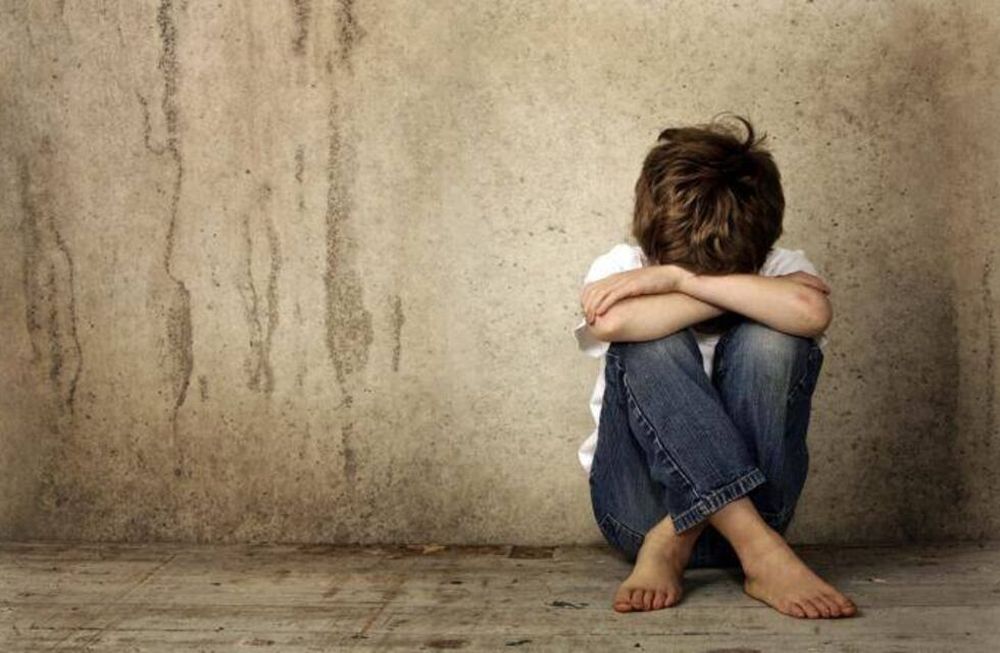
When these first institutions intervene and children and adolescents cannot be removed from the situation of rights violations , it is essential that they give timely notice so that one of the 18 ETIs in Mendoza (one per department ) can intervene.
“The primary responsibility for the protection of rights lies with the father and mother . Provincial Law 9,139 defines the situations in which the ETI intervenes , which were previously limited to judicial guardianship and the responsibility of a family court judge. The first of these is 'Negligence,' which occurs when a lack of intentional care on the part of the adult is detected. The second is 'Physical Violence,' and the third is 'Sexual Violence,' ” Álvarez summarizes.
"The ETI must intervene, no matter what , and take measures that guarantee the protection of children's rights . Under no circumstances can we run away," he emphasized.
There are 10,000 children whose rights have been violated in the Mendoza ETI centers.At the provincial level, in the 18 Mendoza ETIs , there are 10,000 registered and initiated files , which is equivalent to 10,000 children and adolescents with whom we are working.
Law 9.139 specifies the structure of the General Directorate for the Protection of Rights and establishes that the 18 ETIs fall under the purview of the Directorate for the Protection and Restitution of Rights . Meanwhile, the 45 homes for minors in the province are under the jurisdiction of the Directorate of Alternative Care .
Abused children: the harshest face of a society in crisis
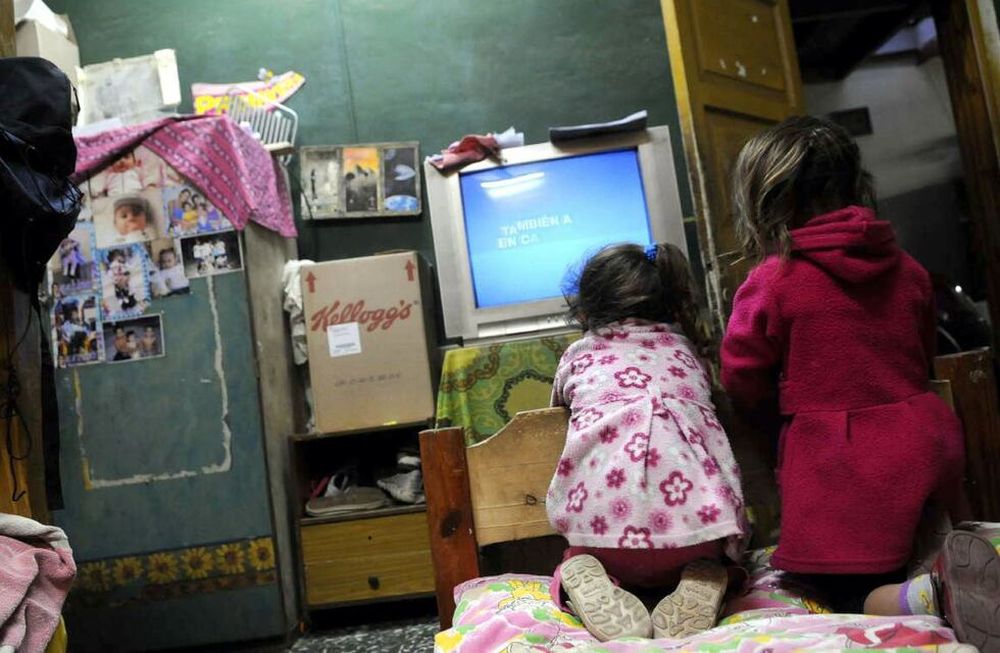
There are also intermediate and pre-home programs . The Foster Family program stands out here, following the very premise that children and adolescents can live in family environments .
Through this program, these volunteer families provide supportive care for children or adolescents . Instead of entering a home , they will stay with that family temporarily . The State is responsible for the professional evaluation of the volunteers.
What will happen to the five daughters of the "Guaymallén dismemberer"?Although it has already been determined what will happen to the five daughters of Adriana Suárez , accused of murdering and dismembering a man a few weeks ago, for now work continues with them within the Child Abuse and Mental Health Program at Carrillo Hospital .
After it was determined that the girls— aged 15, 13, 11, 9, and 7 —had recently experienced severe neglect, chronic abuse, and exposure to extreme violence (they were present when the murder took place), they were placed in foster care . This was done as an exceptional protection measure and "given that there is no family network available to provide a different alternative at this time."
While Suárez was in prison for aggravated robbery , the five girls remained under the guardianship of their grandmother . However, when the girls' mother was granted house arrest (precisely so she could care for her daughters ), the girls returned to their mother .
Absolute priority: early childhood
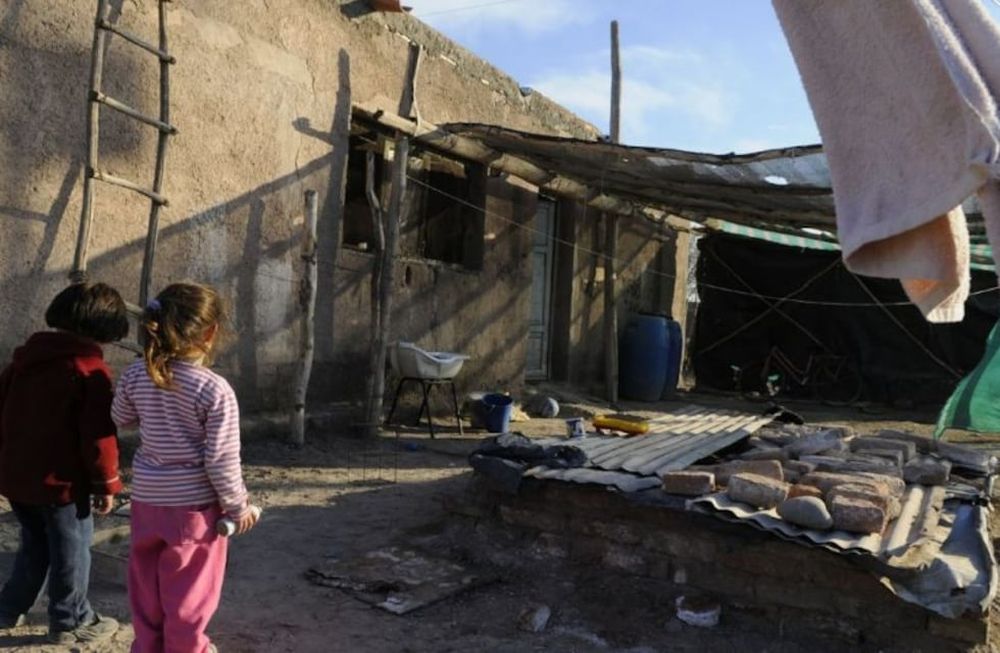
Following the brutal crime for which Suárez is officially accused—committed against a tenant to whom she rented a property in Dorrego —the State made this decision given the vulnerable and unprotected situation the minors were in.
The older adolescents ( 15 and 13 years old ), on the one hand, will be referred to different and decontextualized residences , to minimize risks and facilitate individualized interventions .
Meanwhile, Suárez's three youngest daughters (aged 11, 9, and 7 ) will be housed in the same home , with the aim of prioritizing the continuity of the fraternal bond and the creation of new bonding dynamics .
" They will never be separated . And if it becomes necessary, it will be for logical reasons of age , since some homes operate according to developmental age. But their greatest strength is being able to be together ," explains the Undersecretary for Children, Adolescents, and Youth, Verónica Álvarez .
losandes




